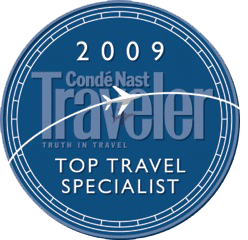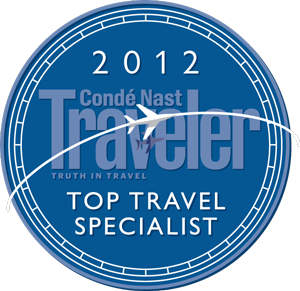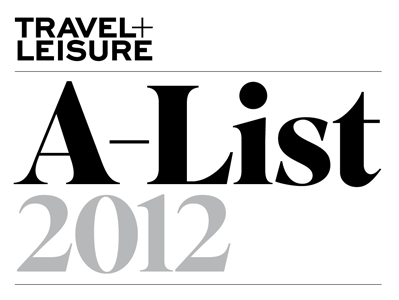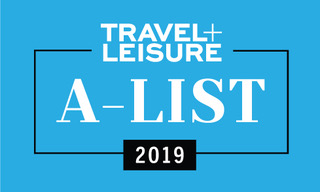Ciao, Buongiorno & More: Italian Greetings Guide
If you’ve been to Italy, you’re no doubt already acquainted with the simultaneously charming and confusing fact that greetings in Italy vary so widely by time of day and relationship that you might find yourself hearing over a dozen variations in one day!
Italians do not expect foreigners to have these down perfectly, of course, but they will be highly impressed if you get them spot on. It’s a great way to start a relationship, whether with your tour guide, a shop keeper, or hotel concierge, even if the conversation continues in English.
Italian has an entirely separate pronoun for the second person (you) when you want to be formal (Lei) than when you want to be casual (tu). So it makes sense that one of the biggest dividing lines between Italian greetings is the level of formality.
When you are meeting for the first time, the person is in a position of authority, or it is a one-off conversation like you may have trying to buy a train ticket, you should always stick a formal greeting.
The easiest formal greeting, which you can use at any time of day or in any situation is “salve,” which translates roughly as something akin to “salutations,” even though that is very old-fashioned and out of use in English today.
“Salve” can be a tad to formal for many situations, so the best thing to do is learn the different “good day”-style greetings for each time of day:
The ubiquitous “ciao,” which has now extended past Italian boarders not only to occasional appearances in the U.S., but also a common role in German, Spanish, and other European conversations, is best reserved for friends and closer aquaintances.
Even in those cases, however, it’s usually followed with some variety of how are you:
Italians do not expect foreigners to have these down perfectly, of course, but they will be highly impressed if you get them spot on. It’s a great way to start a relationship, whether with your tour guide, a shop keeper, or hotel concierge, even if the conversation continues in English.
Formality First: Formal Italian Greetings
Italian has an entirely separate pronoun for the second person (you) when you want to be formal (Lei) than when you want to be casual (tu). So it makes sense that one of the biggest dividing lines between Italian greetings is the level of formality.
When you are meeting for the first time, the person is in a position of authority, or it is a one-off conversation like you may have trying to buy a train ticket, you should always stick a formal greeting.
The easiest formal greeting, which you can use at any time of day or in any situation is “salve,” which translates roughly as something akin to “salutations,” even though that is very old-fashioned and out of use in English today.
“Salve” can be a tad to formal for many situations, so the best thing to do is learn the different “good day”-style greetings for each time of day:
- “buongiorno” can be used from morning until after lunch
- “buona sera,” which literally means “good evening,” can be used all afternoon and evening, though in some areas, it is more correct to say “buon pomeriggio” (literally good afternoon) until dinner time
”How’s it going?” And Other Casual Greetings
The ubiquitous “ciao,” which has now extended past Italian boarders not only to occasional appearances in the U.S., but also a common role in German, Spanish, and other European conversations, is best reserved for friends and closer aquaintances.
Even in those cases, however, it’s usually followed with some variety of how are you:
- “come sta?” (formal)
- “come stai?” (informal)
- “come va?” (very informal)




















